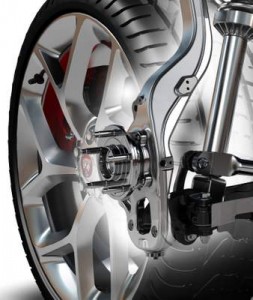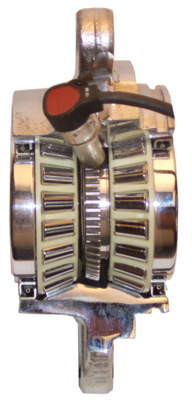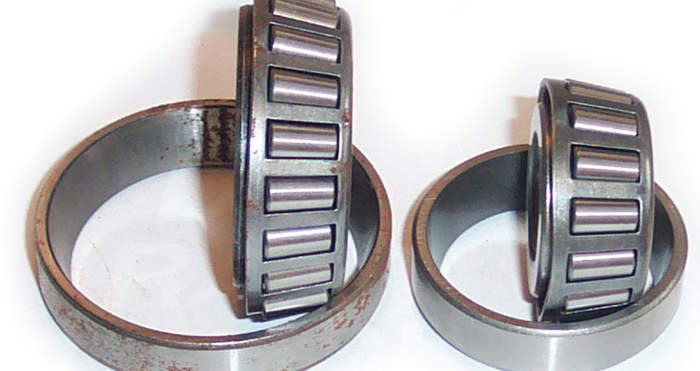Replacing wheel bearings on both sides of a vehicle used to be standard procedure as it was economical insurance against a comeback. In those days, a set of bearings and races could be purchased under $5 a side, including the seal. A technician worth his salt could install and adjust a set of bearings in his sleep.
Now, it’s unethical to sell bearings in pairs if only one side has experienced a failure. Bearings have changed in size, construction and material. It’s not uncommon for a wheel bearing to exceed 120,000 miles of service. Modern bearings can take more load and have more bearing surface, and modern metallurgy has made their surfaces hard and less prone to Brinelling damage from curb strikes.
Seals have really increased the life of a wheel bearing. Older bearings used natural rubber and even leather as a seal. Modern bearings use seals made of engineered elastomers that have special geometry to increase sealing when the bearing is subjected to heat.
Wheel bearing failures now are event-related and not environmental. Curb strike, potholes and other incidents that may cause damage to the bearing surfaces and seals kill bearings, and not an abundance of miles. Here’s how you should approach wheel bearing service instead.
 Play
Play
Back in the day, experiencing some play when tugging at 12 o’clock and 6 o’clock was normal. On most modern vehicles, it would take the world’s strongest man to feel any play.
You can measure bearing play by placing a dial indicator against the hub and turning the wheel. Refer to the vehicle manufacturers’ specifications, but as a rule, no more than .005” of play is allowed for most sealed wheel bearing and hub assemblies.
If one wheel bearing is loose or noisy, pay close attention to all of the other hubs on the vehicle, too, especially if the vehicle has a lot of miles on it, has been driven through axle-deep water or has been flooded. Chances are some of the other wheel bearings may be going bad, too.
 Modern Diagnostics
Modern Diagnostics
The first signs of trouble may be the ABS system kicking in when braking at low speeds and/or the ABS warning light coming on. Until you hook up a scan tool and pull the codes, there’s no telling why the light is on. The fault may be a bad, WSS or it might be something else, so don’t jump to conclusions — especially if there are no codes to guide you.
If the ABS light is on and you find a code for a WSS, check the sensor wires for breaks or a loose/corroded connector. Broken wires are probably the leading cause of WSS-related failures.
One some vehicles, the wires tend to be brittle and break as a result of fatigue from road vibration and/or steering maneuvers. Replacing the WSS wiring harness is usually the recommended fix for these situations. You could try to patch the broken wire, but crimp connectors are vulnerable to road splash and corrosion, and solder is usually too rigid and will crack again. Better to replace the wiring harness than to risk a comeback.
If the vehicle owner complains about the ABS system engaging when braking (noise, vibrations and pedal pulsations), but there are no codes, the problem is likely a bad WSS. But which one? That’s where a scope can really help you identify the problem sensor. Connect the scope to the sensor leads and spin the tire by hand. If you get a good clean signal, move on to the next WSS sensor and so on until you find the one that is generating a bad signal.














